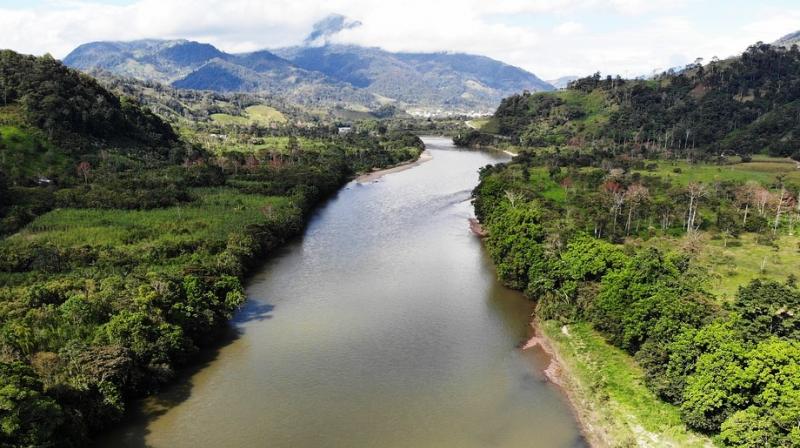Archaeological excavations uncovers the early human settlement in Amazonia

Washington: The researchers have suggested that humans settled in southwestern Amazonia are much older than previously thought.
"These groups of people were hunter-gatherers; however, our data show that they were beginning to deplete their local resources and establish territorial behaviours, perhaps driving them to begin domesticating plants such as sweet potatoes, cassava, peanuts and chilli peppers as a way to acquire food."
The archaeological team conducted its study on three forest islands. "These islands are elevated above the surrounding savanna, so they do not flood during the rainy season. We believe people were using these sites recurrently as seasonal camps, particularly during the long rainy seasons when most of the Llanos de Moxos become floodedn," said Capriles.
The team's excavations of the forest islands revealed human skeletons that had been intentionally buried in a manner unlike that of typical hunter-gatherers and instead were more akin to the behaviours of complex societies, characterised by political hierarchy and the production of food, according to the details published in the journal of Science Advances.
"If these were highly mobile hunter-gatherers you would not expect for them to bury their dead in specific places; instead, they would leave their dead wherever they died," said Capriles. Capriles noted that it is rare to find human or even archaeological remains that predate the use of fired pottery in the region.
"The soils tend to be very acidic, which often makes the preservation of organic remains very poor. Also, organic matter deteriorates quickly in tropical environments and this region completely lacks any type of rock for making stone tools, so even those are not available to study," he said.
According to Umberto Lombardo, at the University of Bern, when the researchers first published their discovery of these archaeological sites in 2013, they had to base their conclusions on indirect evidence, mostly geochemical analyses, rather than direct evidence such as artifacts.
"Because of the lack of direct evidence, many archaeologists were sceptical about our findings. They did not really believe that those forest islands were early Holocene archaeological sites. The current study provides strong and definitive evidence of the anthropocentric origin of these sites, because the archaeological excavations uncovered early Holocene human burials. These are the definitive proof of the antiquity and origin of these sites," said earth scientist, Lombardo.
Capriles noted that the human bones on these forest islands were preserved despite the poor conditions because they were encased within middens or trash heaps containing abundant fragments of shell, animal bones and other organic remains.
Because the human bones were fossilised, the team was unable to date them directly using radiocarbon dating. Instead, they used radiocarbon dating of associated charcoal and shell as a proxy for estimating the time range that the sites were occupied.
"This paper represents the first step in the effort to learn more about the people who inhabited southwestern Amazonia for thousands of years but we know nothing about," said Lombardo. Capriles added, "Are the people we found direct predecessors of those later, more complex societies? There are still questions to be answered and we hope to do so in future research."

